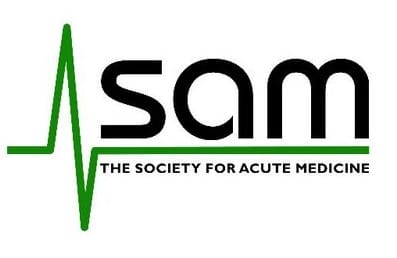Commenting on the latest NHS performance data released today which, among other things, shows 72.4% of patients were seen within four hours in all A&E departments (58.0% of patients were seen within four hours in type 1 A&E departments) and there were 142,000 four-hour delays from decision to admit to admission with 42,700 of these delayed over 12 hours, Dr Tim Cooksley, president of the Society for Acute Medicine, said:
“This performance data highlights the intolerable situation for patients and staff in urgent and emergency care.
“Patients were, and are continuing to, endure unacceptably long waits for beds on acute medical units and inpatient wards.
“This data reflects what is being witnessed every day on the corridors of our emergency departments.
“Acute care is being delivered by teams in emergency departments rather than in optimal environments with older patients in particular bearing the brunt of this situation.
“The “twindemic” of COVID19 and flu are contributors to this poor performance but the fundamental problem remains a significant shortage of workforce leading to woefully inadequate inpatient bed and social care capacity.
“Low morale, staff burnout and reducing patient confidence in the NHS are important other contributing factors.
“These numbers are shocking but not surprising to any acute care frontline worker and are present in all four home nations.
“Urgent workforce plans are needed to stop the current haemorrhaging of staff and attract skilled staff who have left back into the profession.
“The recently published urgent and emergency care plans will not succeed unless there is a “people recovery”.
“A sustainable long-term urgent and emergency care plan is also needed to engender a belief in patients and staff that the situation can improve.”
The dataset also shows:
• The number of RTT patients waiting to start treatment at the end of December was 7.2 million and 481,900 patients are waiting six weeks or more for one of the 15 key diagnostic tests.
